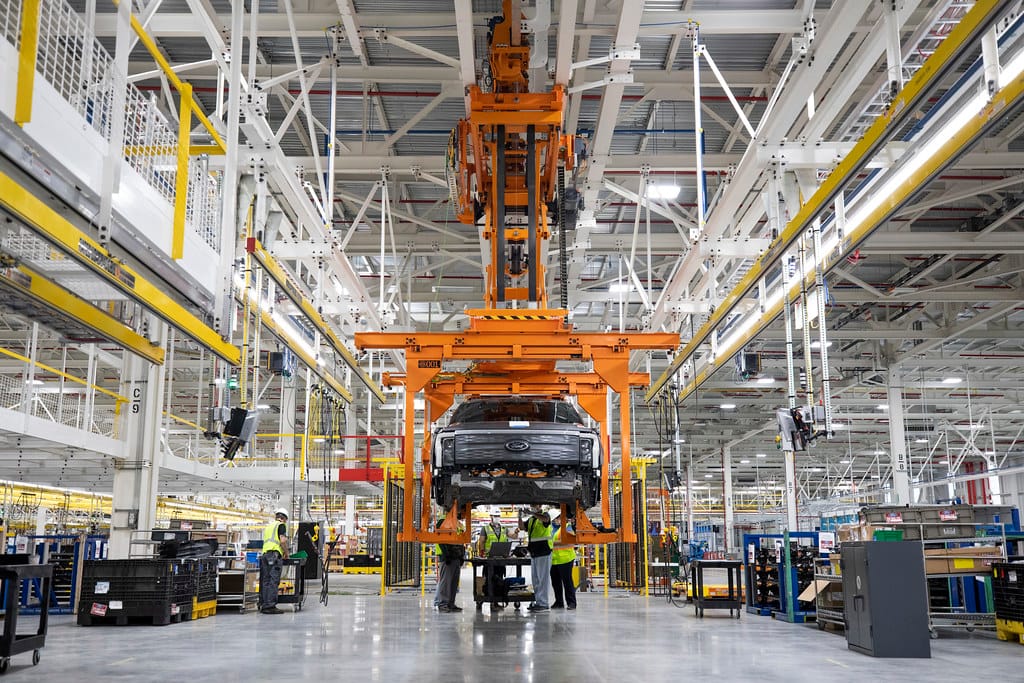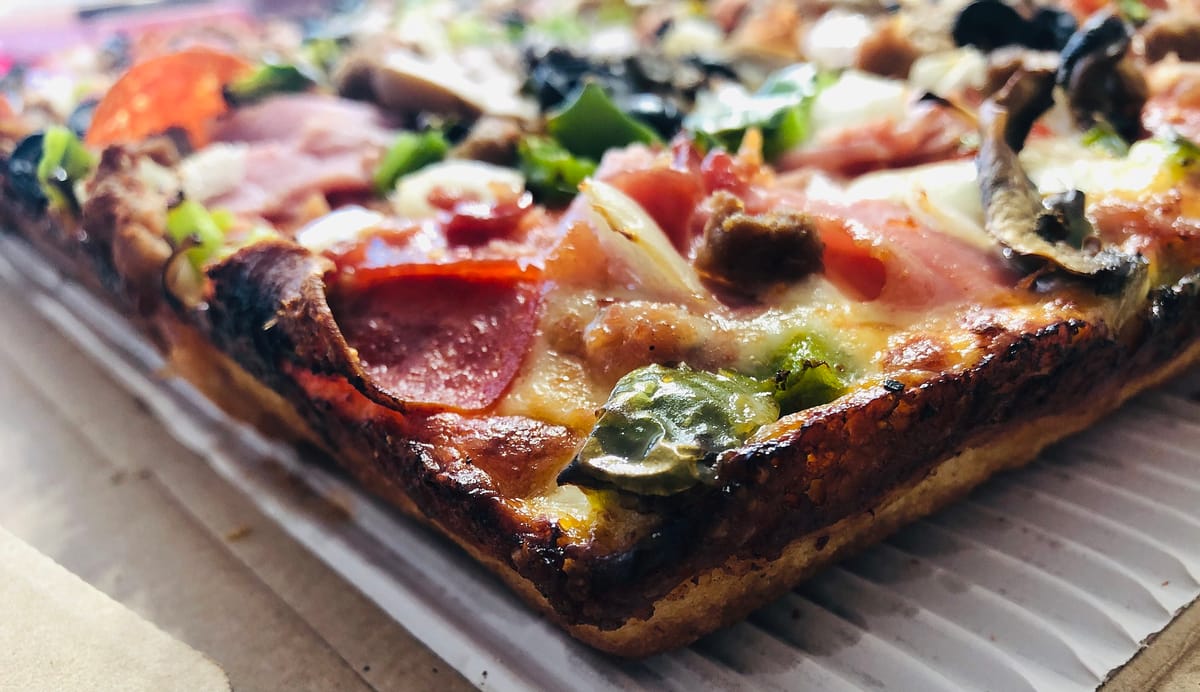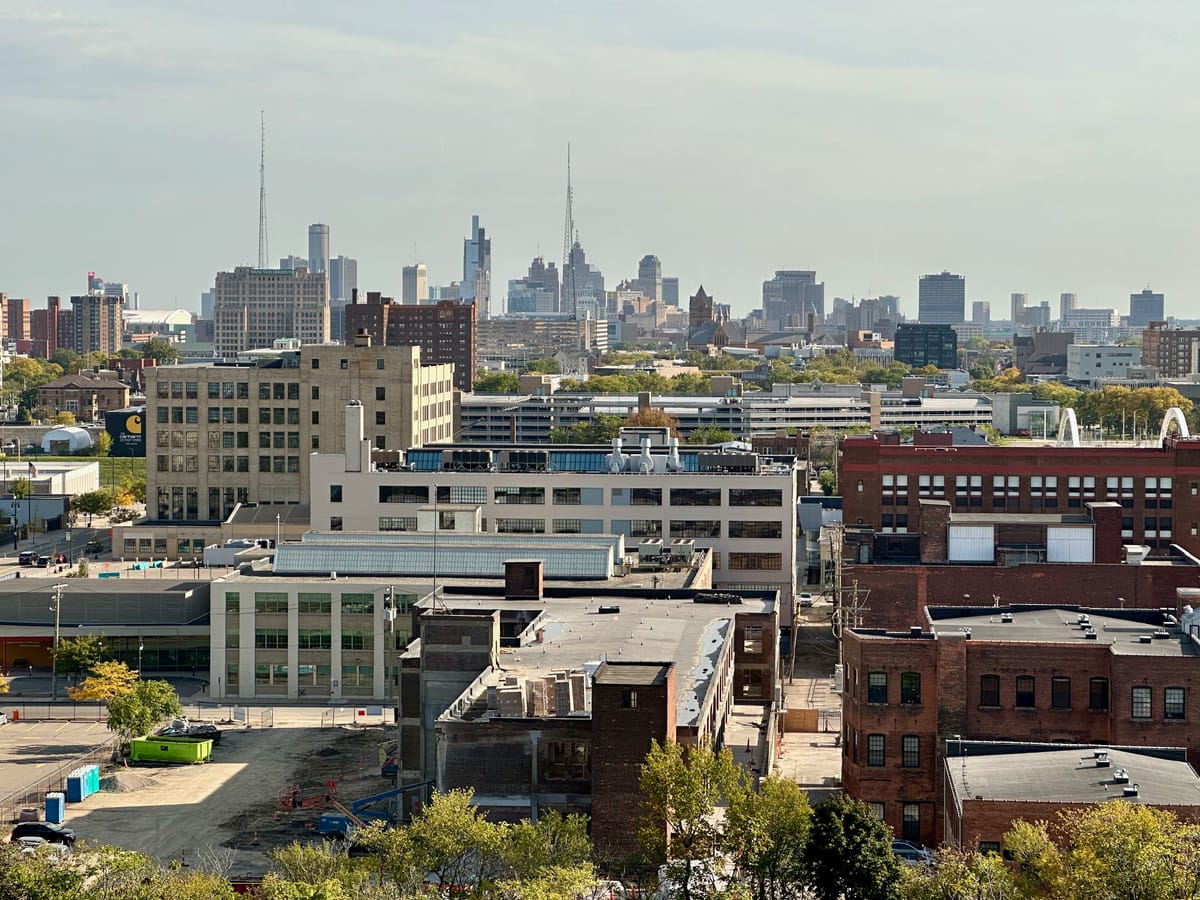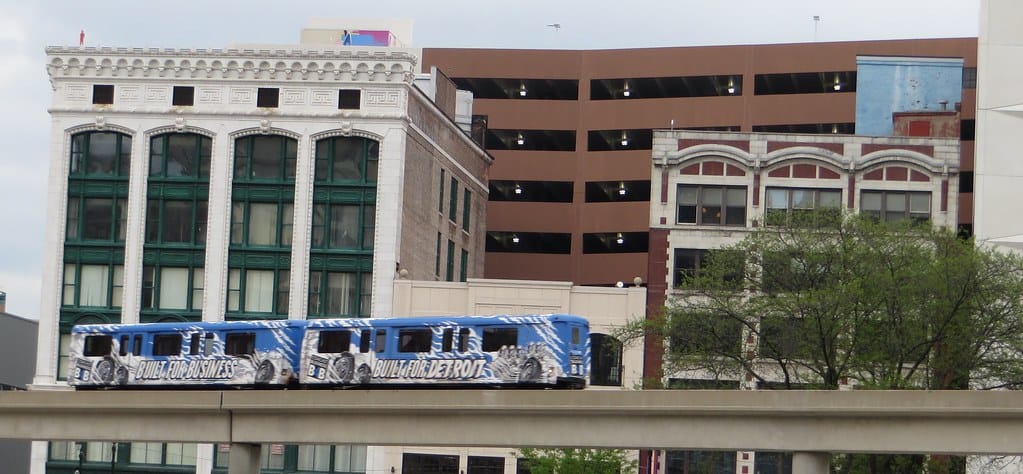Although not the greatest of problems for our metropolis, it’s among the most maddening because it didn’t have to be this way. It’s a series of human errors that didn’t have to be made.
After $187 million+ poured in from foundations, corporations and a bit from the Federal government, The QLINE could (in theory) be a shining beacon of what transit could be, even if it is horribly limited in length. Something to show what could be done, and expanded upon.
I was positive about the QLINE in the beginning. I’ve lived in cities with real transit. It revolutionizes your commute and makes your life better. I was hopeful that we’d get a taste of it. That a successful three miles could garner support to go, say, all the way up to Pontiac.
But it’s clear to me that the construction of the QLINE was much more of a development tool than a real transit option. Developers want to see shiny streetcars on permanent tracks, and not buses that they perceive their 1%-earning future tenants wouldn’t touch.
And building it helped transform the outdated infrastructure under Woodward to support new growth, from electricity to internet. That has importance.
But as a transit option? It’s a huge disappointment.
Although there are some permanent strikes against it (the idea to make it curbside for most of the route was moronic) and limited service area, there are some things that if people got out of their one-square-foot fiefdom mentality and actually got ish done would help this be useful, since it’s here.
- Signal priority. The QLINE sits as much as it rolls, waiting for traffic lights, sometimes right after stops. I wrote about this more than two years ago and nothing has happened so far. I’ve been told it requires coordination between the state, city, and QLINE. Why hasn’t this happened? Who needs a couple gin and tonics at Cornerstone to be convinced to make this go? Who needs to lose their job?
- Dedicated lanes where possible. Yes, Woodward gets traffic. But it’s not like a major city. And no, downtown Detroit is not a major city as far as density anymore.
It’s like the size of Ferndale* The 7.2 square miles of downtown Detroit has a lower residential population density than Ferndale with a bunch of office workers and sports fans (well, almost no one goes to Tigers games anymore). We could do dedicated lanes on some parts of the track. - Speed. Part of that is I know trains take awhile to get up to speed, and they can’t when they have to stop every block. It goes about as fast as a dumpster fire would if you pushed the dumpster down the alley.
A positive step is the upcoming integration with the DART regional transit pass. Although it brings the cost up to $2, it makes it so you don’t have to pick if you’re going to use the QLINE or a bus.
Don’t get me started on how stupid it is we as a region haven’t had one unified bus fare system until this year, but I take that as proof maybe some of the above suggestions could actually get done.
I’m also nervous as a recent report said that it could run out of operating money in 2023 because of reduced ridership, and so reduced fare box revenue.
I have noticed a lot more cracking down on fare freeloaders as of late, probably connected to the both above.
So QLINE (and the other groups in the way), get your Ish together. For all the money, effort and inconvenience, we deserve better than this.
“Fix This Ish” is a place where we highlight things that need to be fixed around metro Detroit, one at at time. Submit your ish that you want fixed and we’ll look into it here. We’ll also circle back to this ish to see if it’s been fixed to shame (and praise) candidates and/or the powerful where necessary.
*Added for clarification. Downtown Detroit’s population density is 4,278 people per square mile. Ferndale’s is 5,176 per square mile, or about 18% MORE dense than downtown Detroit.














